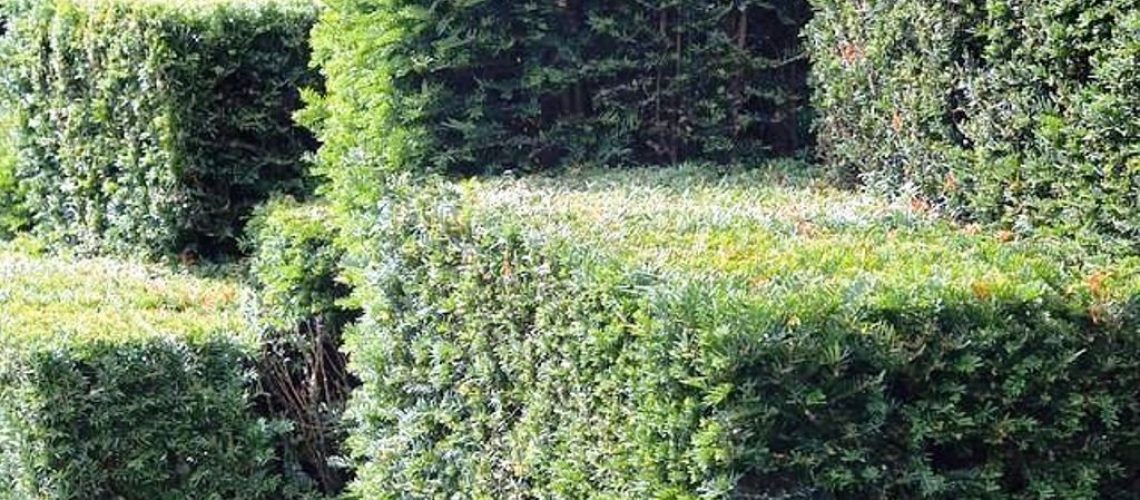
solvida
How and When to Prune Trees & Shrubs
Our North Dallas area is lush with landscaping. You don’t have to travel far to see a vast assortment of trees and shrubs lining the yards of commercial and residential properties. While these plants provide visual splendor year round, like anything worth having, it will take maintenance to properly care for the plants. Hiring a Prosper, TX professional landscaper who knows how and when to prune trees and shrubs is key to plant health. Pruning your trees and shrubs will not only keep your plants looking manicured, it will promote the health and well–being of your plants.
Why Prune
The main reasons for pruning are to maintain overgrowth, promote and direct new growth and enhance flowering and foliage.
Maintain Overgrowth
Left unattended, overgrown shrubs and trees can be disastrous to a home. The branches can impede pedestrian traffic along sidewalks and driveways and for larger trees and shrubs, can allow pests an easy entrance to your rooftop leading to unwanted nesting in your attic. In addition, overgrown plants can begin to crowd out other plants within your garden bed. For example, mature trees that are not regularly pruned will prevent sunlight from reaching the sod and plants underneath.
Promote & Direct New Growth
Where and how you prune your plants will affect the direction the plant grows. When you prune a branch, you
essentially inhibit growth in that area and encourage growth in another. This is why the most common pruning
practice when encouraging growth in a tree is to focus on the thin branches at the bottom, leaving the larger
branches up above to continue growing up and out.
Enhance Flowering & Foliage
In the case of flowering plants or fruit-bearing plants, pruning can be done as a way to increase the blossoms or fruit yield and is also done to produce the quality of blooms and/or fruit. A very simple example of this
principle is the practice of dead-heading a flowering plant. When you notice the blooms on your plant are
withering and about to fade, you will manually remove the bloom, or “dead-head” it. This will speed up the
blooming process increase the number of blooms in a cycle.
When to Prune
Light and responsible pruning can generally be done in our climate at any point throughout the year. As a general rule of thumb, however, you should prune spring-flowering shrubs and trees immediately after the flowers fade. As for summer-blooming trees (such as a crape myrtle) and shrubs, they should be pruned in winter or very early spring before the new growth emerges. If you have major pruning to be done on your trees, this should generally be done during the dormant winter season (January and February) as it allows the tree more time to recover from the cuts before the spring growth season returns and reduces the risk of disease or insect infestation.
How to Prune
Pruning can be a relatively simple task with some plants and an art form with others. A good general principle to follow with any plant, however, will be that pruning a bit more often is better than pruning a lot once every few years. Heavy pruning can be very traumatic for a plant. Another way to demonstrate that principle would be to compare it to the difference between getting a paper cut and losing a limb. The paper cut will be inconvenient, but heal quickly whereas losing a limb will forever change how your body grows and survives.
Pruning Shrubs
How you prune will very much depend on what you are pruning. For example, most evergreen shrubs (boxwood, holly, hawthorn) have a very dense leaf habit, so pruning is a bit more like sheering and can be done without much hesitation with an electric hedge trimmer. Simply power up the trimmer and run it through the overgrowth. For other “branchier” shrubs, use hand pruners and trim long, unbranched stems by cutting just above a healthy bud. This type of pruning is called heading and it will encourage lower side branches to develop and will enhance the shrubs natural form. As your shrub grows and develops, it will need thinning. Thinning cuts remove an entire branch where it meets another limb, the main stem, or the ground for plants that grow on canes (like nandina). These cuts help maintain the plants natural shape, limit its size and open up the interior branches to light and air.
Pruning Trees
As a general rule of thumb, you should never prune more than 25% of the tree’s total leaf foliage in a single
year. You should always prune back to a healthy branch without leaving any stubs. This maintains a nice uniform appearance but also eliminates hiding places for pests and diseases. You should also never prune the plants “leader”. This is the top-most growing point or branch of the tree. The “leader” is vital to letting the tree develop it’s natural form. When raising the canopy on a tree, you will concentrate your pruning on the smaller, lower branches. You should also avoid pruning a young or newly planted tree. Remove only the dead, broken or injured branches as well as any branches that cross or rub against each other.
Here is a general list of what can and should be pruned from a tree:
- Sucker branches that grow from the root or base of the tree trunk
- Limbs that are sagging or growing close to the ground
- Limbs that are broken, dead or diseased
- Branches that cross or rub against other branches
For any major tree pruning, we would recommend contacting a tree specialist. For all other pruning, consider hiring a professional landscaping company who has the expertise to handle all of your pruning needs.